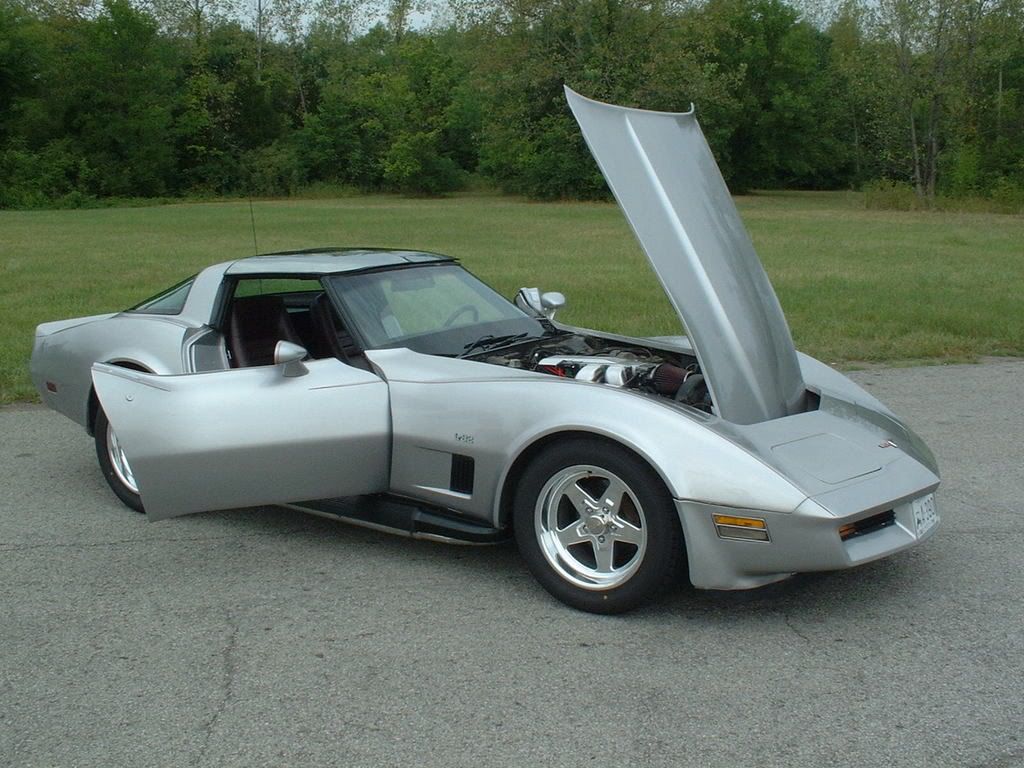M
magoo
Guest
I must admit that I have disliked or even hated Holley Carbs for 35 to 40 years. Always finding them hard to adjust and bring to that perfect point of tune everyone talks about. Thinking it was the right choice, when I put the new motor in my 62 about 4 years ago I bought a new 650 double pumper. During those last 4 to 5 years and over 2000 miles I have tried to find happiness with this carb and I cannot. My new motor will be junk from all the test runs before I get this thing tuned. I originally bought a 350 passenger car crate motor for the pre 86 cars. Then installed a high volume oil pump, Comp Cams 268 Extreme Energy cam timing chain and gears. I reworked the ported and polished fuelie heads that were on the car and installed the Comp Cams springs from the kit. This left me with about 9.5 to 1 compression. I topped it off with the matching ported Vette aluminum intake, MSD ready to run vac advance distributor, MSD coil, and the new 650 DP. I bought the Holley pump cam and squirter kit, jets, and power valves. Tried every possible adjustment of the secondary throttle plates. Thinking the large ports were a problem for drivability I removed the fuelie heads and installed the stock 8.5 to 1 heads with 1.94 intakes and an Edelbrock Performer. This did help but it is just not right and the problem feels fuel related. I'm beginning to think I bought a bad new carb possibly one returned by a previous purchaser. I'm not here to trash a product or supplier, or anyone who has good luck with these carbs. After almost 45 years working on cars 20 in my own shop from the late 60's to mid 80's I may well be a Holley idiot. As a young man I always preferred the AFB, but before I spend the money to buy the other brand, lets talk. Thanks for listening.
Mike
Mike


 My best times were 14.6 seconds in the 1/4 mile at 5,000 feet of altitude (the general rule of thumb is to add [going up in altitude] or subtract [going down in altitude] by up to one full second in 1/4-mile times.
My best times were 14.6 seconds in the 1/4 mile at 5,000 feet of altitude (the general rule of thumb is to add [going up in altitude] or subtract [going down in altitude] by up to one full second in 1/4-mile times. 




